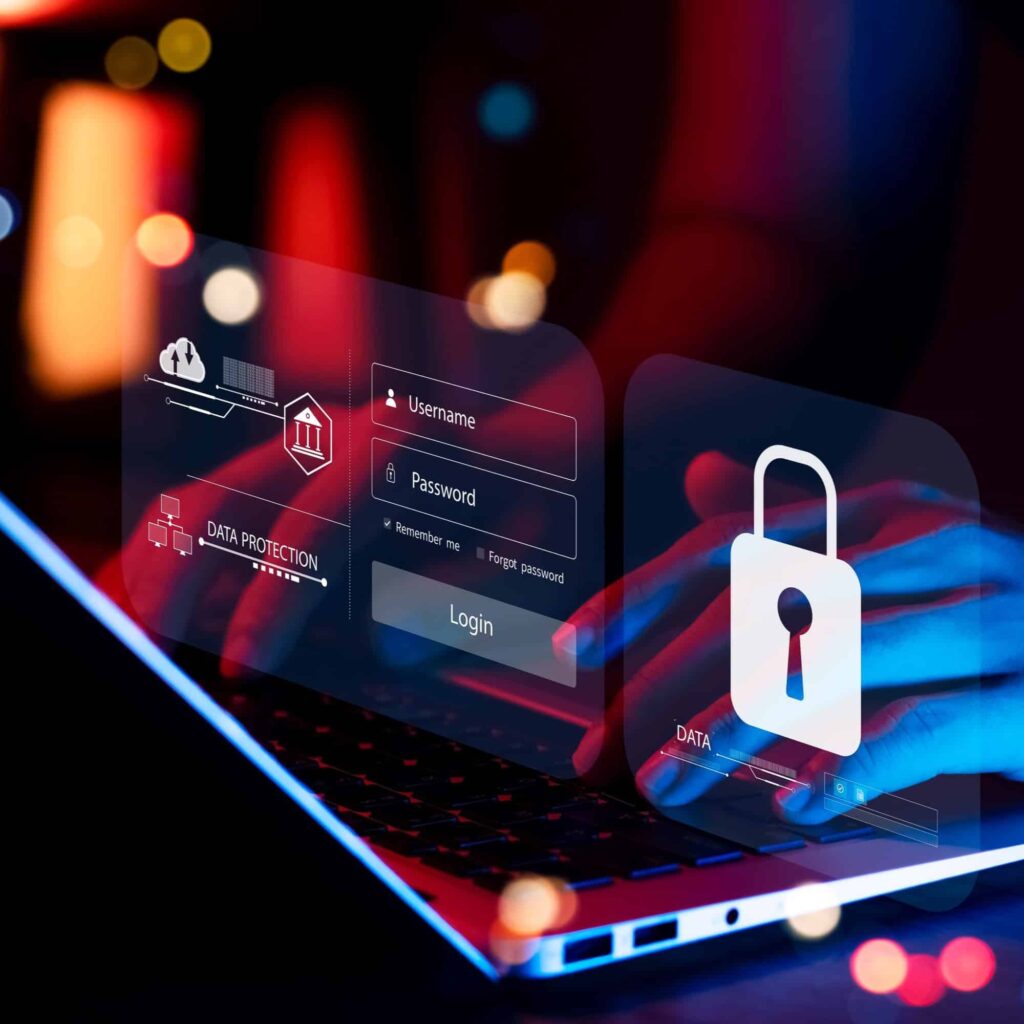
8 Top Tips To Maintain Business Continuity
June 11, 2025How do you maintain business continuity when a crisis hits your company? If the last 18 months have taught us anything, it is that there’s no such thing as being over-prepared.
We probably won’t have another pandemic for a century (and we’re saying that while touching wood and with everything crossed). But there are plenty of other – more likely – events that could impact your business continuity.
Remote working is a permanent part of many of our lives. And every industry is at a different stage of digital transformation. As a result, cyber threats and security risks have risen at an alarming rate.
The sign of being poorly prepared is when your organisation is reactive, instead of proactive. So, to help ease these concerns, we’ve provided eight tips to help your organisation maintain business continuity in the event of a crisis.
1 – Get your risk assessment right
As we’ve mentioned, the starting point with any business continuity and disaster recovery plan is your risk assessment.
A thorough risk assessment allows you to understand what threats your business is facing and will show you where you need to focus.
Without this, you could find yourself spending unnecessary resources on threats that aren’t as important as others. Worse, it could leave you with significant gaps in your business continuity plan.
It’s worth noting that it can be difficult to do an accurate risk assessment as an internal project.
In hospitals, there is such a thing as alarm deafness. This is where doctors and nurses hear so many machines beeping and ticking over every day, that they can subconsciously stop noticing them. The same problem can hurt your own organisation. Your existing stakeholders may be so used to how things work that they can’t spot all the potential vulnerabilities.
It can be helpful to look to an external partner or consultant to assist with your risk assessment. That way, you’ll benefit from their objective view of your organisation’s IT infrastructure.
2 – Include a vulnerability scan
A vulnerability scan should go hand-in-hand with your risk assessment. This is a more technical inspection of your IT network and systems, making sure everything is in place and configured correctly.
We’d suggest that a full risk assessment should include a technical vulnerability assessment before it’s considered complete.
Once you’ve done your vulnerability scan, you’ll have specific action points to work through. So you can fill gaps in security and reinforce anything that isn’t up to scratch.
This could be company-wide things such as legacy security systems, or it could be at a more micro level. For example, you may discover individual employees with weak or compromised, passwords that need to be changed.
This will highlight another important way to maintain business continuity, which is training staff in best practices.
3 – Educate and train your staff
It’s so easy for employees without technical backgrounds to weaken your business’s cyber security and data protection.
Digital technology like cloud computing runs a huge percentage of critical business operations. So it makes good business sense for your staff to be educated and trained in cybersecurity best practices.
This has become more relevant with the increasing number of teams working from home, using personal devices to access corporate networks and applications.
It means that employees could be contributing to your risks without being aware. Also, it’s not enough to train employees in the basics of security if they can’t see how that fits into the bigger picture.
Once you’ve set your business continuity plan, be sure to communicate it to the wider business and help everyone understand their individual roles.
4 – Clear communication
Continuing the above point, good communication is a crucial component of any successful business continuity plan.
If your staff don’t know what’s expected of them, they won’t be able to follow the necessary steps to prevent or respond to problems.
Similarly, employees should be given the chance to feedback on your business continuity planning. In addition to the related tools and systems being put in place. Resistance to change is something that must be managed to ensure any plans are accepted by the people they affect.
This is not just about communicating the plan itself. You should aim to put protocols and processes in place that will allow your organisation to maintain communication in the event of any disruption.
5 – Regular monitoring and reporting
As with any digital transformation project, it’s important to monitor and report on progress.
There are advanced tools available today which can keep a close eye on your IT systems. They are very effective at helping you stay on top of cybersecurity threats.
Cybercriminals use sophisticated digital technology to look for weaknesses and vulnerabilities in businesses. As such, your business should be doing the same to protect itself.
6 – Automation and other tools
That highly advanced technology is based on automation. This is a great asset to any business continuity plan. It goes well beyond the possibilities that you can achieve with any manual process.
As cyber-attacks are becoming more sophisticated, the tools you employ to combat them must evolve, or they could become ineffective.
Hackers seem to have taken advantage of the need to work from home during the pandemic. In fact, there was a 31% increase in cyber-crime cases in the UK during the height of lockdown last year. The terrifying thing here is that hackers are re-investing the money they make into improving their technology.
With that in mind, it’s worth looking at artificial intelligence (AI) and machine learning (ML) tools. These are capable of matching the advanced technology being used in cyber-crime today.
We’ve all read about ML-driven computers which can beat humans at chess. This is the same principle: there’s no competition between a human and a computer when it comes to cyber-security.
7 – Test and optimise
You might think you’ve got a comprehensive business continuity plan. But how would you know without testing it out?
As with your staff training, this will help you be sure they’ve fully understood their responsibilities and can do what’s being asked of them.
It makes sense. Office buildings are required to have fire drills every so often to remind everyone of the processes they need to follow. You should have a similar set of drills with your business continuity and disaster recovery planning.
On a more general point, you should also review and optimise your entire business continuity plan frequently. Do it once every couple of months or once a year.
8 – Look beyond your business
Your data isn’t just internal. You should also consider your entire supply chain when it comes to maintaining IT security and protecting your business continuity.
In regulated industries such as finance, there are a lot of certifications and accreditations that must be in place. But not all organisations are up to standard when it comes to cybersecurity. So somewhere along your supply chain, your corporate data could be vulnerable.
Be sure to check with all your suppliers and clients, and advise them to put some minimum security criteria in place. With anyone who wants to keep your data, you are obligated to check how they plan to keep it secure.
And, of course, there are other useful ways to look beyond your own company when it comes to maintaining business continuity. Bringing in an experienced, trustworthy partner is a sensible way of minimising risks and securing your digital transformation.
You deserve to have full confidence that your critical processes can continue to run even when facing a disaster. An expert in business continuity is a great way to achieve that.
Learn more on how to maintain business continuity
If you’d like to learn more, we have a number of insightful resources that you can explore by following the links below:
- Infographic: Business continuity vs disaster recovery.
- Infographic: Digital transformation explained.
- Brand Battle: Citrix vs Azure.
- Brand Battle: VMware vs VirtualBox.
Discover how you can make the most of cloud services to support, enhance, or protect your IT infrastructure. Contact us for a free trial or demonstration.
Related News


7 min read


8 min read


5 min read